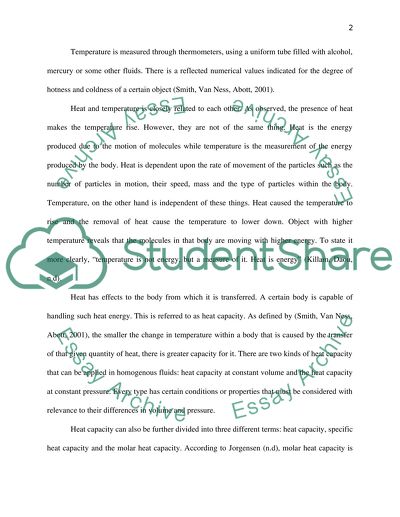Heat temperature and kinetic energy Essay Example | Topics and Well Written Essays - 750 words. Retrieved from https://studentshare.org/physics/1459787-heat-temperature-and-kinetic-energy
Heat Temperature and Kinetic Energy Essay Example | Topics and Well Written Essays - 750 Words. https://studentshare.org/physics/1459787-heat-temperature-and-kinetic-energy.


